Mary McCallum Webster (31 December 1906 - 7 November 1985) was a British botanist. She was a Fellow of the Linnean Society of London. [1]
Mary McCallum Webster (31 December 1906 - 7 November 1985) was a British botanist. She was a Fellow of the Linnean Society of London. [1]
She was born in Sussex. McCallum Webster initially trained as a children's nurse, however retrained at Aldershot as a cook in order to join the Auxiliary Territorial Service in World War II. [2]
McCallum Webster continued to work as a cook after the war, spending winters working and summers focusing on botany. [2] She worked for the School of Botany, Cambridge University, and the Royal Botanic Gardens, Kew, [3] McCallum Webster was a member of several botany focused groups, including the Botanical Society of Britain and Ireland, Botanical Society of Scotland, [4] and the Moray Field Club, as well as being a Fellow of the Linnean Society of London. Wintergreens were a particular area of interest for McCallum Webster, [5] as noted on her memorial in Culbin Forest. [6] Some have claimed that while McCallum Webster was an expert on wintergreens particularly in the Moray region of Scotland, she was deliberately vague about the exact sites of her finds and that botanists were taken to sites by Webster "on a deliberately tortuous route along forest tracks which made relocation practically impossible". [5]
The Linnean Society of London is a learned society dedicated to the study and dissemination of information concerning natural history, evolution, and taxonomy. It possesses several important biological specimen, manuscript and literature collections, and publishes academic journals and books on plant and animal biology. The society also awards a number of prestigious medals and prizes.

George Bentham was an English botanist, described by the weed botanist Duane Isely as "the premier systematic botanist of the nineteenth century". Born into a distinguished family, he initially studied law, but had a fascination with botany from an early age, which he soon pursued, becoming president of the Linnaean Society in 1861, and a fellow of the Royal Society in 1862. He was the author of a number of important botanical works, particularly flora. He is best known for his taxonomic classification of plants in collaboration with Joseph Dalton Hooker, his Genera Plantarum (1862–1883). He died in London in 1884.

Sir James Edward Smith was an English botanist and founder of the Linnean Society.

Dr Dukinfield Henry Scott FRS HFRSE LLD was a British botanist. The standard author abbreviation D.H.Scott is used to indicate this person as the author when citing a botanical name.
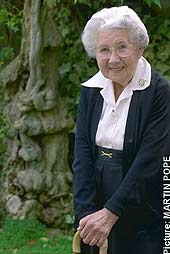
Stella Ross-Craig was an English illustrator best known as a prolific illustrator of native flora.
Lilian Suzette Gibbs (1870–1925) was a British botanist who worked for the British Museum in London and an authority on mountain ecosystems.
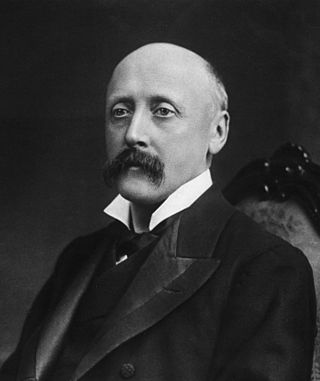
Sir Isaac Bayley Balfour, KBE, FRS, FRSE was a Scottish botanist. He was Regius Professor of Botany at the University of Glasgow from 1879 to 1885, Sherardian Professor of Botany at the University of Oxford from 1884 to 1888, and Professor of Botany at the University of Edinburgh from 1888 to 1922.
Mark Wayne Chase is a US-born British botanist. He is noted for work in plant classification and evolution, and one of the instigators of the Angiosperm Phylogeny Group-classification for flowering plants which is partly based on DNA studies. In particular he has researched orchids, and currently investigates ploidy and hybridization in Nicotiana.

Brian Laurence "Bill" Burtt FRSE FLS, was an English botanist and taxonomist who is noted for his contributions to the family Gesneriaceae. In a career that spanned 74 years, he worked first at the Royal Botanic Gardens, Kew, and then at the Royal Botanic Garden Edinburgh (RBGE). He made numerous field trips to South Africa and Sarawak and described a total of 637 new plant species. Burtt is denoted by the author abbreviation B.L.Burtt when citing a botanical name.

James MacFadyen (1799–1850) was a Scottish doctor and botanist who made a significant contribution to the scientific study of the plants of the Caribbean region. Born in Glasgow on 3 May 1799, he was the eldest son of a music publisher and bookseller, John Macfadyen, and his wife Elisabeth. Macfayden was the first to describe the grapefruit scientifically - he gave it its Linnean name, Citrus paradisi - and to describe new species of fig trees and other Caribbean plants. In addition to his contributions to botany, MacFayden practiced medicine and was actively involved in social organisations in Jamaica. He was elected Fellow of the Linnean Society of London on 16 January 1838 and (posthumously) Fellow of the Geological Society of London on 30 November 1850. On 25 November 1832 in Port Royal he married Margaret McGowan, by whom he had two daughters. After his wife's death on 21 June 1843, he married Emma, by whom he had a son and a daughter. Whilst treating patients during one of the periodic epidemics of cholera there, he himself contracted the disease and died on 24 November 1850.
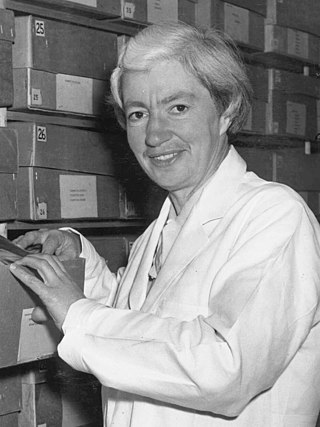
Lucy Beatrice Moore was a New Zealand botanist and ecologist.
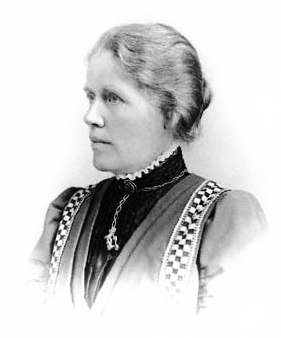
Margaret Jane Benson was an English botanist specialising in paleobotany, and one of the first female members of the Linnean Society of London. Most of her career was spent as the head of the Department of Botany at Royal Holloway College, University of London from 1893 to 1922. In 1927, a botanical laboratory was dedicated in her name. She travelled extensively with Ethel Sargant, collecting specimens, laboratory equipment, and meeting other botanists around the world. Her students included Dame Helen Gwynne-Vaughan, Theodora Lisle Prankerd, Nesta Ferguson, and Emily Mary Berridge.
Norman Loftus Bor CIE OBE FRSE FLS FNI was an Irish botanist. He was awarded the Linnean Medal of the Linnean Society in 1962.

Nora Lilian Alcock, also known as Nora Lilian Lepart and Nora Lilian Leopard, was a pioneer in the field of plant pathology and the first government-appointed plant pathologist in Scotland.
Effie Almira Southworth Spalding (1860–1947), was an American botanist and mycologist, and the first woman plant pathologist hired by the United States Department of Agriculture (USDA). Her most important discovery was the 1887 identification of the fungus Colletotrichum gossypii as the cause of cotton cankers, a disease which killed thousands of acres of cotton and was a major economic threat. She taught botany at several institutions, worked at the Desert Botanical Laboratory with her husband, and established the Botany Department Herbarium at the University of Southern California.
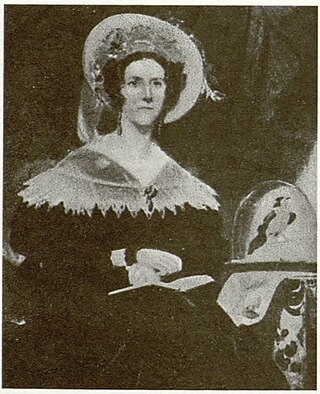
Christian Ramsay, Countess of Dalhousie informally Lady Dalhousie, néeBroun; was a Scottish botanist and natural historian. She married George Ramsay, 9th Earl of Dalhousie and travelled with him when he was appointed Lieutenant Governor of Nova Scotia, Governor General of Canada and Commander in Chief of the Indian Army. While travelling, she collected and catalogued many species of plants, presented scientific papers to societies and donated many collections to different botanical groups.
Bella Dytes MacIntosh MacCallum was a New Zealand and British botanist and mycologist and was New Zealand's first female doctor of science.

Rose Bracher was a British botanist and academic. She researched the ecology of the mud flats of the River Avon at Bristol and in particular the genus Euglena.

Rev. James Mascall Morrison Crombie was a Scottish lichenologist. The standard author abbreviation Cromb. is used to indicate this person as the author when citing a botanical name.
Olga Margaret Stewart née Mounsey was a prolific Scottish botanist and botanical artist.